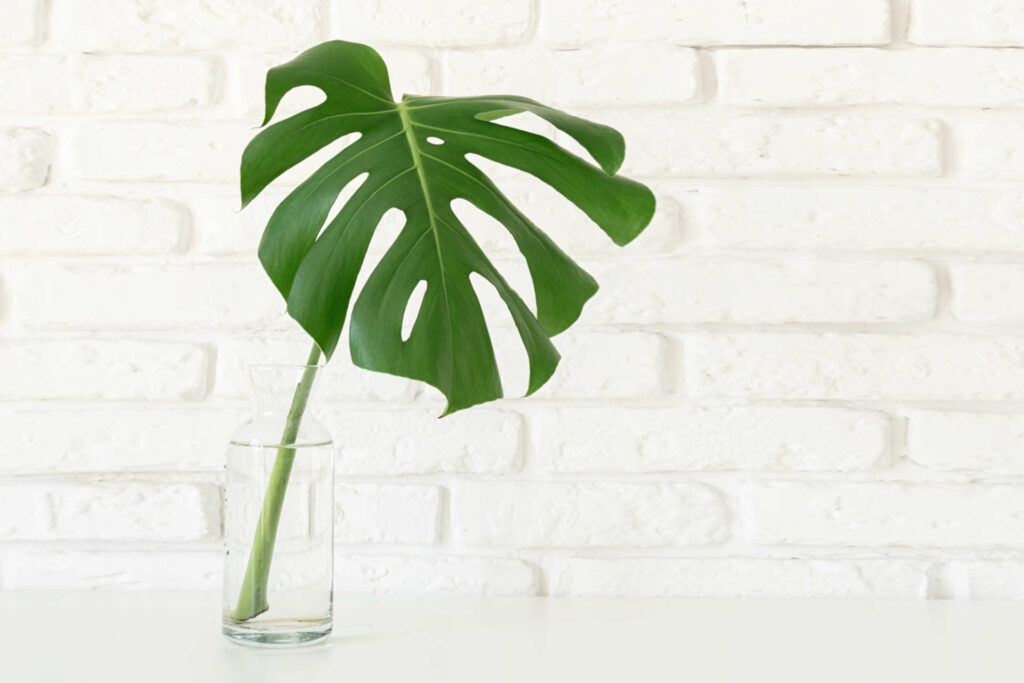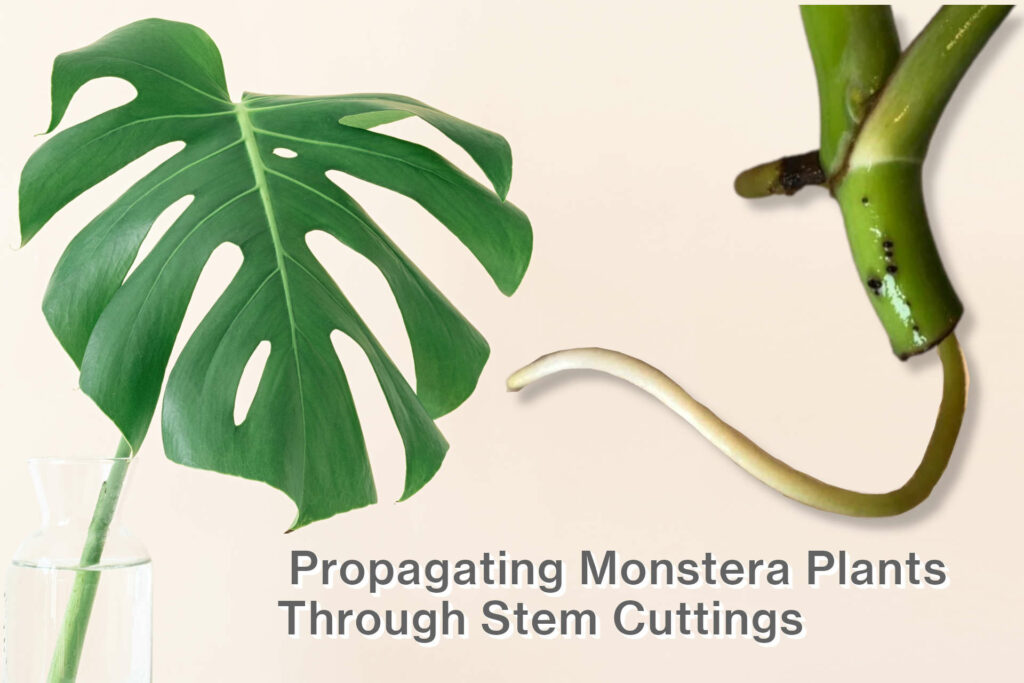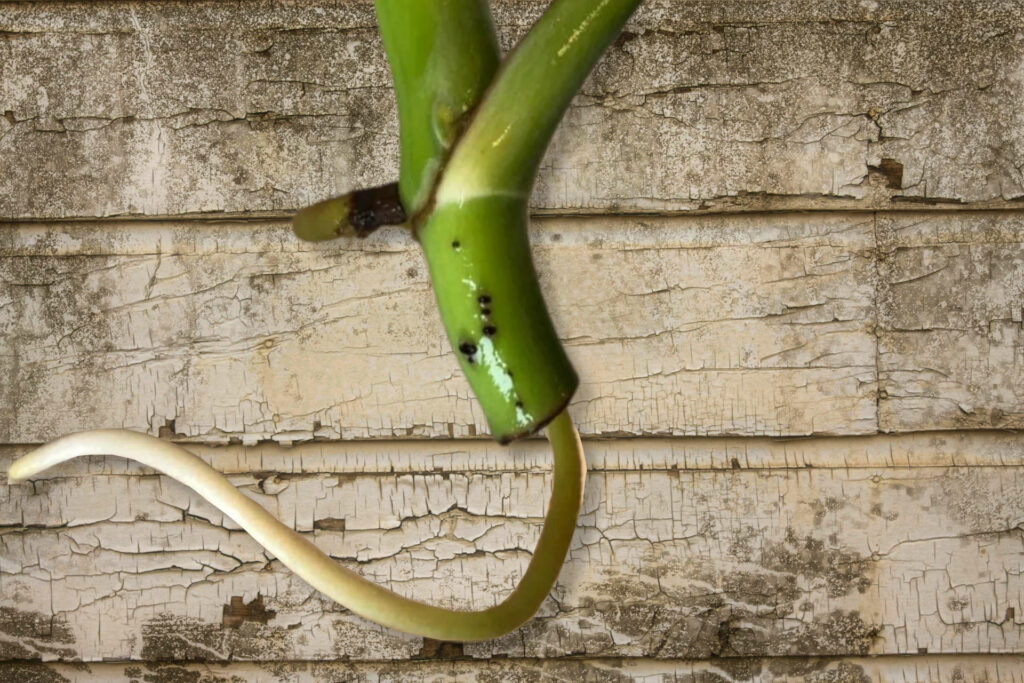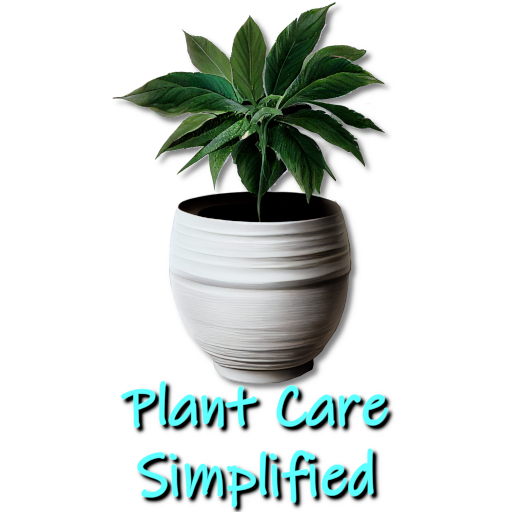The Secret to Propagating Monstera Plants Through Stem Cuttings
Jess is a true horticulturist whose passion for plants has led her to become an expert in tropical houseplants. Jess was born and raised in...
- The stem cutting should be taken from a healthy and mature plant.
- A rooting hormone can be applied to the cut end of the stem.
- Provide bright, indirect light and maintain high humidity.
- Keep an eye out for yellowing leaves, slow or no root development, or mold growth.
Monstera plants have become increasingly popular in recent years due to their stunning foliage and versatility in interior design. For those who already have a Monstera plant or are looking to expand their collection, propagating through stem cuttings is a simple and cost-effective way to grow new plants. This article will explore the steps involved in propagating Monstera plants through stem cuttings and provide tips and guidelines to help you succeed.
Below, we will provide a comprehensive guide on propagating Monstera plants through stem cuttings. It is designed for those who already have experience growing Monstera plants and want to expand their collection or share their plants with friends and family.
Importance of Propagating Monstera Plants

Propagating Monstera plants through stem cuttings is an important technique for those who want to grow new plants without purchasing them from a nursery. It also allows you to share your existing plants with others, or to have a larger collection of Monstera plants in your home or garden.
Overview of Stem Cuttings as a Method of Propagation
Stem cuttings are a popular and effective method of propagating Monstera plants. This technique involves taking a cutting from an existing plant and rooting it in water or soil to grow a new plant. The new plant will be genetically identical to the parent plant, allowing you to maintain the unique characteristics of your Monstera plant collection.
Preparing the stem cutting
The first step in propagating Monstera plants is preparing the stem cutting. The is the process of selecting the section of the stem for cutting to making the cut.
Selection of the Stem Cutting - Propagating Monstera Plants Through Stem Cuttings
When selecting the stem cutting, it is important to choose a healthy and mature stem that is not flowering or fruiting. This will ensure that the stem cutting will have the necessary energy and resources to focus on rooting and growing into a new plant. The stem should be at least 15 cm in length and have a minimum of two or three leaves attached to it.
Cutting the Stem
To cut the stem, use a sharp, clean pair of scissors or pruning shears. Make a clean cut just below a node (the point where the leaves attach to the stem) and remove any lower leaves from the stem cutting.
Preparing the Stem Cutting for Rooting
Once the stem cutting has been cut, it is important to prepare it for rooting. Dip the cut end of the stem into rooting hormone powder to help encourage root growth. Be sure to immediately tap off any excess powder and place the stem cutting into water or soil. If you choose to root the stem cutting in water, ensure the water is fresh and changed regularly.
Rooting the stem cutting
After preparing the stem cutting, it is time to root it. Following is an outline of the steps involved in rooting for both water and soil, together with tips for ensuring successful root growth.
Rooting in Water
To root the stem cutting in water, place the cutting in a clear glass or vase filled with fresh water. The cut end of the stem is submerged in the water, and the container is placed in a bright, but not direct, light source. Keeping the water level consistent and adding fresh water as needed will prevent the stem cutting does not dry out. Rooting in water typically takes 3-4 weeks, with roots growing from the point at which the stem was cut.
Rooting in Soil
To root the stem cutting in soil, fill a pot or container with a well-draining soil mixture and make a hole for the stem cutting. Insert the stem cutting into the hole, making sure that the cut end of the stem is buried in the soil. Water the soil thoroughly and place the container in a bright, but not direct, light source. Keep the soil consistently moist, but not soaking wet, to encourage root growth. Rooting in soil typically takes 4-6 weeks, with roots growing from the cut end of the stem.
Tips for Successful Root Growth
Regardless of whether you choose to root the stem cutting in water or soil, it is important to provide the right conditions for root growth. Ensure that the stem cutting is placed in a bright, but not direct, light source and that the rooting medium is kept consistently moist. Additionally, it is a good idea to keep the stem cutting out of drafts and away from any sources of heat or cold that could cause stress.
Whether you choose to root the stem cutting in water or soil, stem cuttings are a simple and cost-effective way to grow new Monstera plants. However, the process isn't instant. You need to show patience and allow enough time for roots to form before replanting the your cutting.
Environmental Factors to Consider when Propagating Monstera Plants Through Stem Cuttings

When propagating a Monstera through stem cuttings, you must consider environmental factors in which your cutting is placed, as these can drastically impact the propagation's success. The key environmental factors that you should keep in mind when propagating Monstera plants are light, temperature, and humidity.
Light
Light is one of the most important environmental factors to consider when propagating Monstera plants. Monstera plants need bright, indirect light to thrive, which is especially important when rooting stem cuttings. Ensure that the container or pot with the stem cutting is placed in a bright location that is not in direct sun. If natural light is unavailable, you can use grow lights to provide the necessary light for rooting.
Temperature
Another key environmental factor to consider when propagating Monstera plants is temperature. Monstera plants prefer warm temperatures between 70-85°F, which is especially important when rooting stem cuttings. Ensure that the container or pot with the stem cutting is kept in a warm location that is free from drafts and away from any heat or cold sources.
Humidity
Monstera plants also prefer high humidity levels, which is especially important when rooting stem cuttings. If the humidity level in your home is low, you can increase it by placing a humidifier near the container or pot with stem cutting. You can also create a humid environment by placing the container or pot on a tray filled with water and LECA balls or placing a plastic cover over the container or pot to create a greenhouse effect.
By considering the key environmental factors of light, temperature, and humidity when propagating Monstera plants through stem cuttings, you can increase your chances of success and grow healthy, new plants. You can achieve the best possible results when propagating Monstera plants by providing the right conditions for root growth and ensuring that the stem cutting is kept in a bright, warm, and humid location.
Monitoring the Rooting Process

With the proper environmental conditions in place, the next step in propagating Monstera plants through stem cuttings is monitoring the rooting process. To ensure that the stem cutting is taking root and growing properly, keeping an eye on a few key indicators is important.
Root Development
One of the most important indicators of successful rooting is the development of roots. To check for root growth, gently pull on the stem cutting to see if it has taken root in the soil. If it resists movement and feels firmly anchored in the soil, then it is likely that roots have developed. You can also lift the container or pot and look for visible roots through the sides or bottom of the container.
Green Growth
Another important indicator of successful rooting is green growth. As the stem cutting takes root, you should begin to see new growth appearing, usually within a few weeks. If the cutting is healthy and has taken root, it should begin to produce new leaves and shoots, indicating that it is growing and thriving.
Watering
It is important to keep the soil consistently moist when propagating Monstera plants, but be careful not to overwater. Overwatering can lead to root rot and is one of the most common causes of failure when propagating stem cuttings. Check the soil regularly to ensure it is moist but not soaking wet, and adjust your watering schedule as needed.
By monitoring the rooting process and looking for indicators of root development, green growth, and proper watering, you can ensure that your stem cutting is growing and thriving. You can successfully propagate and grow beautiful, healthy new plants with a little patience and attention.
Common problems and solutions
Although propagating Monstera plants through stem cuttings is a relatively straightforward process, a few common problems can arise. In this section, we will discuss some of these issues and offer solutions to help you overcome them.
Yellowing Leaves
One of the most common issues when propagating Monstera plants through stem cuttings is yellowing leaves. This can be caused by various factors, including overwatering, underwatering, or incorrect light conditions. If you notice yellowing leaves, it is important to adjust your watering schedule and ensure that the cutting gets the right amount of light.
Slow or No Root Development
Another common issue when propagating Monstera plants is slow or no root development. Various factors, including poor soil quality, low humidity, or poor air circulation can cause this. To resolve this issue, ensure that you use a high-quality soil mix and that the rooting environment is moist and well-ventilated.
Mold Growth
Mold growth can also be problematic when propagating Monstera plants through stem cuttings. This can be caused by too much moisture or poor air circulation. The solution is to ensure that you are correctly watering the cutting and that the rooting environment is well-ventilated. If mold does appear, remove any infected leaves and increase the amount of ventilation in the area.
Although there are a few common problems that can arise when propagating Monstera plants through stem cuttings, they can be overcome with a little care and attention. By monitoring the rooting process, adjusting your watering schedule, and providing the right conditions, you can successfully propagate new plants and enjoy beautiful, healthy Monstera plants
Jess is a true horticulturist whose passion for plants has led her to become an expert in tropical houseplants. Jess was born and raised in South East Asia surrounded by lush jungles and lush botanical gardens. This environment prompted her to develop a love for all things green and growing. A move to the UK helped her plant care skills and improved her knowledge Her commitment to her craft and her dedication to her customers has earned her a reputation as one of the best in the business. She continues to inspire others with her love for nature and the environment.Bio Page
More Posts